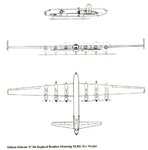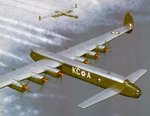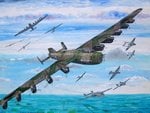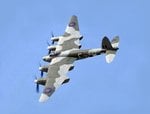Oreo
Senior Airman
I've been able to find out quite a bit about German and American experimental types that never went into production, but less seems to be available about British types. Anybody want to talk about those? In particular, there was a single seat, single engine fighter made by some company (Miles, perhaps?) that could have competed with Spitfire and Tempest. What other experiments never got very far? Which ones might have been good? Which ones flew but weren't produced in quantity? How about a seriously heavy bomber, size of B-29, or bigger? Flying boats? carrier aircraft? Anybody want to discuss them? Anybody have some really good info or a website or something?














